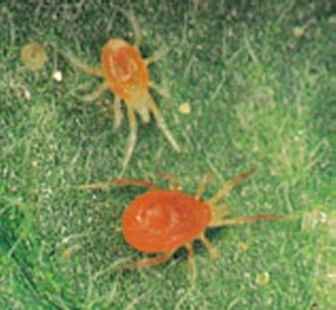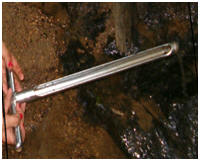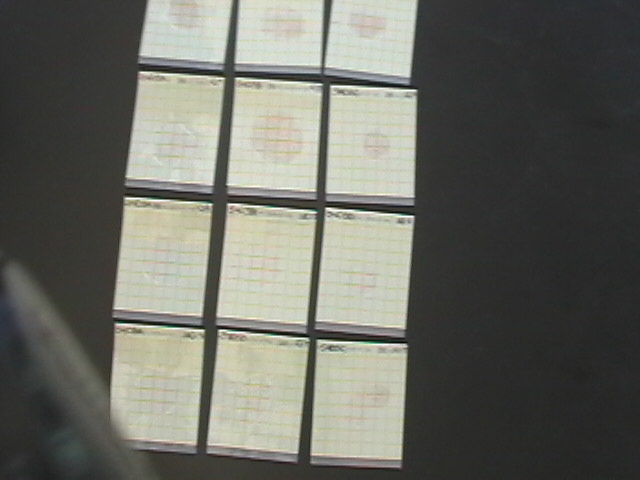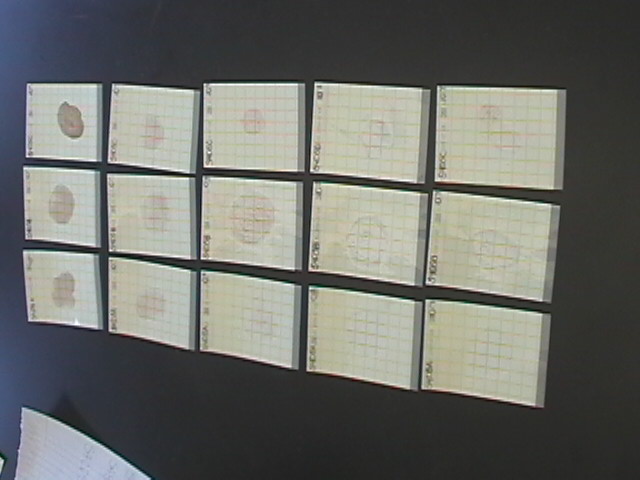|
|
|
|
|
|
|
Materials
Outside
Materials
Lab
Materials
|
Garden shovel(s)
10ml serological pipettes |
|
Transect Sq. (0.5meters x 0.5meters) Bacteria Growth Plates |
|
Centimeters/Inches Ruler
15ml Culture tubes with caps |
|
Small Tub
A 1- cc scoop |
|
Soil Core Sampler(s) Sterile Water |
|
Plastic Sandwich Bags (3+)
P200 micro-pipette with tips |
|
Garden Gloves (optional {recommended} Magnifying Glasses |
|
Rubber Mallet(optional {recommended}) |
|
Lab Note book |
|
Pencil/Pen |
|
Bug Spray (optional {recommended}) |




